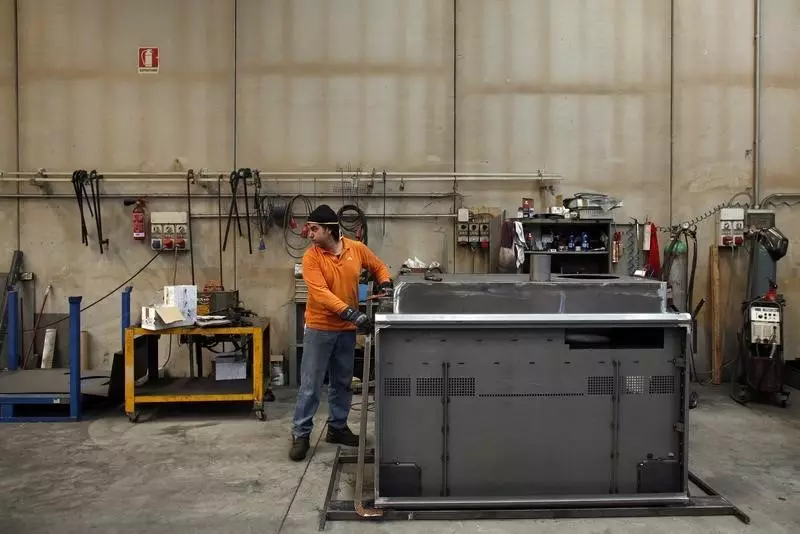The idea of a U.S. manufacturing resurgence has been a hot topic in political circles, with both the Trump and Biden administrations proposing initiatives to boost the industry. However, Alpine Macro analysts point out that U.S. manufacturing has been steadily declining for decades. While there have been modest increases in output in certain industries like semiconductors, overall figures show that median output across sub-industries has actually decreased. This indicates that the manufacturing sector is not experiencing a broad recovery, but rather a concentration of growth in specific areas.
Employment Trends
Despite a gain of 1.5 million manufacturing jobs since 2010, the overall trend in manufacturing employment has been on a downward trajectory. In fact, manufacturing jobs now only make up 8% of the workforce, showcasing a long-term decline in the sector. This data raises questions about the feasibility of claims regarding an industrial revival, especially when considering the loss of 6 million manufacturing jobs in the 2000s.
Challenges in Manufacturing Investment
While there has been an increase in manufacturing investment, particularly in industries like semiconductors, overall capital investment in manufacturing has remained stagnant. This lack of growth in capital outlays on equipment has led to diminishing productivity in the sector, which further undercuts the possibility of a manufacturing renaissance. Alpine Macro data demonstrates that productivity growth in manufacturing lags behind other segments of the U.S. economy, making a broad-based recovery seem unlikely.
Transition to Service-Driven Economies
The challenges facing U.S. manufacturing go beyond investment and productivity. As economies evolve, the shift from industrial-based growth to service-driven economies becomes inevitable. The transition in consumption patterns from goods to services in wealthier societies decreases the importance of manufacturing overall. Even China, known for being a manufacturing powerhouse, has seen a decline in its manufacturing share of GDP since 2008. Therefore, attempts to re-industrialize the U.S. face significant obstacles given this broader economic shift.
One of the major impediments to a U.S. manufacturing revival is the high labor costs in the country. Despite American workers being significantly more productive than their Chinese counterparts, they earn six times the wages. This cost disparity makes it challenging for U.S. companies to compete in labor-intensive industries, forcing them to focus on specialized areas like aerospace and medical devices. Industries that require more labor have shifted operations to lower-cost countries, such as Vietnam and Cambodia, further complicating the prospects of a broad-based manufacturing recovery.
Much of the rhetoric surrounding a potential manufacturing renaissance in the U.S. is driven by political motivations rather than economic realities. While policies like the Inflation Reduction Act (IRA) and tariffs on Chinese imports have been implemented to boost domestic manufacturing, their impact has been limited. The focus has mostly been on specific industries like semiconductors, with critical sectors like electric vehicles and green energy technologies receiving little benefit. The lack of skilled labor and bureaucratic obstacles have also hindered the effectiveness of these policies, casting doubt on their long-term impact.
From a market perspective, industrial stocks have continued to underperform, reflecting the broader stagnation in productivity in manufacturing. While government subsidies have boosted the U.S. chip sector, export controls targeting China pose a threat to these gains. China’s growing self-sufficiency in low-end semiconductor production could intensify competition and limit growth opportunities for U.S. firms. Additionally, the rise of “friend-shoring,” where U.S. companies relocate production to countries with similar economic conditions as China but with fewer geopolitical risks, presents new opportunities for investors as global supply chains realign.
While the idea of a U.S. manufacturing resurgence is enticing, the reality is far more complex and challenging. Addressing the structural challenges facing the manufacturing sector, such as investment, productivity, labor costs, and global economic shifts, will be essential in creating a sustainable path forward for American manufacturing. It is crucial to move beyond political rhetoric and towards pragmatic solutions that take into account the intricate dynamics of the global economy.

